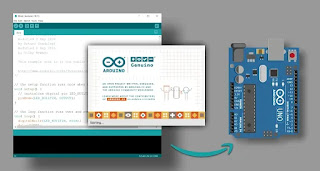Why C++? The Unsung Hero of Robotics

If you've ever dreamt of building a robot, making an automated system, or even just understanding how those cool robotic arms in factories work, you've probably heard about programming. And when it comes to serious robotics, one language stands tall above the rest: C++ . But why C++? Why not Python, Java, or something else? Let's unpack why this powerful language is often the brain behind our mechanical friends. 1. Speed, Speed, and More Speed! Imagine a robot trying to catch a falling object or navigate a crowded room. Every millisecond counts. This is where C++ shines . Compiled Power: C++ is a compiled language . This means your code is translated directly into machine-readable instructions before the robot even starts moving. It's like writing a detailed instruction manual for the robot in its native tongue. This makes C++ programs incredibly fast and efficient. ...
